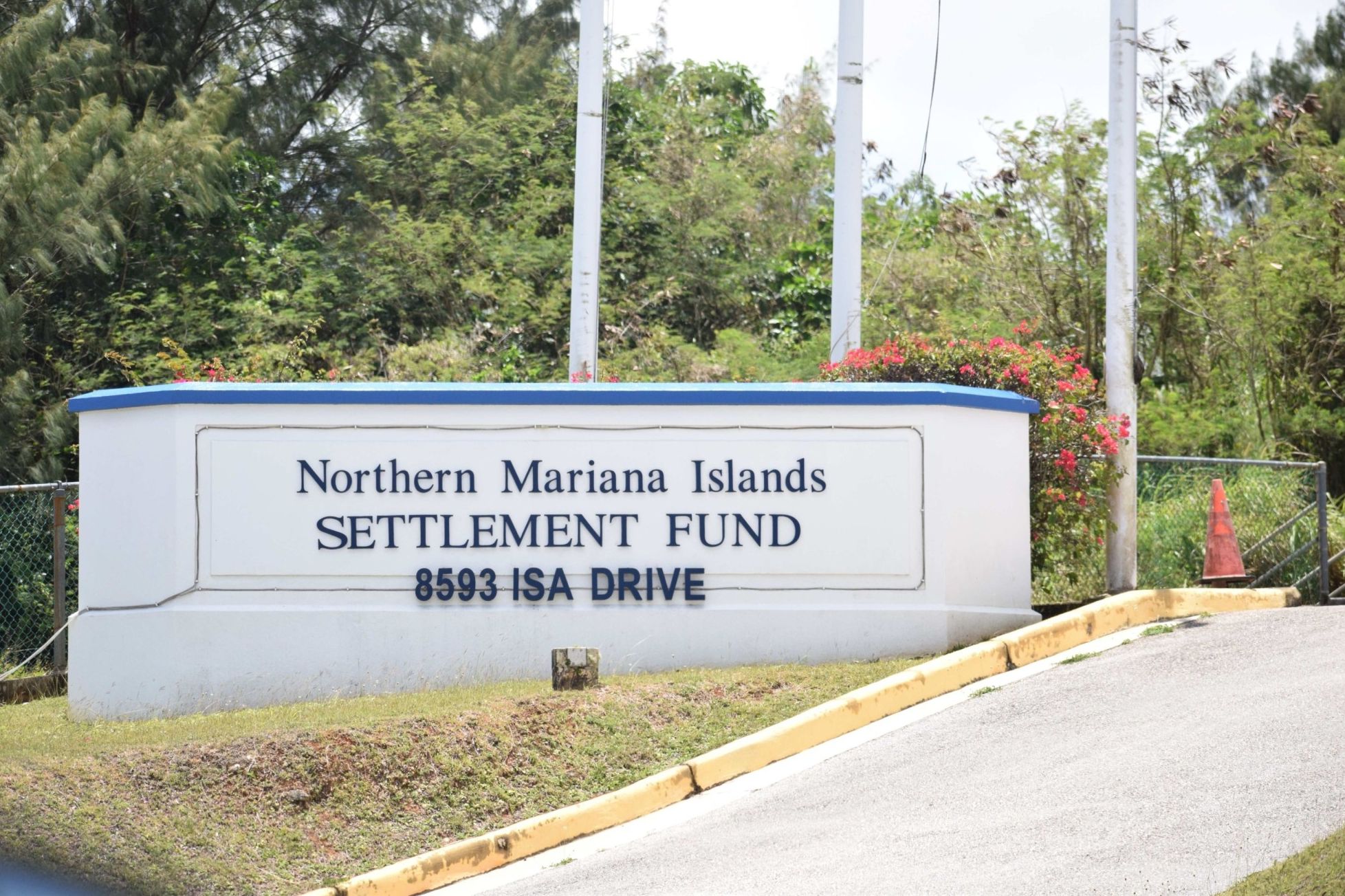House Bill 16-120, offered by Rep. Victor B. Hocog, Ind.-Rota and chairman of the House Committee on Public Utilities, Transportation and Communications, heads to the Senate which is expected to pass the measure.
The vote was 16 yes and one abstention — Rep. Stanley T. Torres, R-Saipan. Three members were not present—Hocog, Reps. Ralph DLG. Torres, R-Saipan, and Justo S. Quitugua, D-Saipan.
The bill, which was thrice amended during the session, amends Public Law 16-2 which repealed the law capping the residential power rates at 17.6 cents per kilowatt hour.
A new section will be added to P.L. 16-2 which authorizes the Commonwealth Utilities Corp. to use the “electric fuel charge credit fund or EFC to defray their electric costs.
“CUC shall use the EFC Credit Fund to provide EFC credits to CUC customer accounts against electric fuel charges incurred by a CUC customer accounts against electric fuel charges incurred by a CUC customer subject to the EFC rate effective May 3, 2008 and all future electric fuel charges until the EFC Credit Fund is exhausted,” reads a portion of H.B. 16-120.
“The EFC credit shall be 30 percent for residential customers and 10 percent for commercial customers of the fuel charges incurred and shall be applied to CUC customer accounts accordingly,” he added.
Rep. Ray N. Yumul, R-Saipan and chairman of the House Committee on Ways and Means, said the EFC credit means 30 percent off for residential power rates and 10 percent for commercial users.
“So if your billing is $100, you will get a $30 dollar credit. It’s 30 percent for residential customers and 10 percent off for commercial customers,” he said.
He said CUC will not incur more revenue losses because P.L. 16-2 reprogrammed a total of over $9 million for the agency.
“P.L. 16-2 gave CUC $9 million,” he said.
Rep. Diego T. Benavente, R-Saipan, said lawmakers are prepared to override the governor’s veto should it happen.
“We are ready to override,” said Benavente. “That was the intent of P.L. 16-2 — to provide a subsidy and they are taking a different position on it that’s why we’re making it clear.”
In a communication sent to Hocog, CUC Executive Director Tony Muna said the EFC credit percentage program must be clear on which types of customers would benefit.
He said although it is true that millions had been reprogrammed for CUC’s use, its financial condition remains shaky and the EFC credit program would not help.
“The best intentions of the Legislature to give EFC rate relief would further exacerbate CUC’s adverse financial condition,” he said.
This month, CUC charges residential customers 38.7 to 50 cents per kilowatt hour, depending on their consumption.
In contrast, Guam residents pay only 24 cents per kwh and enjoys stable power supply.
Saipan residents have been enduring long hours and constant power outages for three consecutive years now due to the antiquated power plant facilities or the government’s inability to pay for imported fuel.
Benavente said it seems that the administration is waiting for the main source of electricity on the island to breakdown so that it can justify a sole-source contract in the future.
He said while the administration is not intentionally shutting off the power supply, it’s not doing enough to solve the power crisis.
He clarified he is not accusing the people who work at CUC power plants of causing the blackouts intentionally.
“I feel that the administration is not intentionally doing anything about the power crisis. I’m not accusing anybody, especially the people who work at the power plant,” he said.
“My concern is that given all these problems for two years now, why hasn’t this administration issued an RFP to bid for privatization to resolve this. It’s like they are waiting for it to fully collapse, that’s my allegation, my conspiracy theory,” he added.










